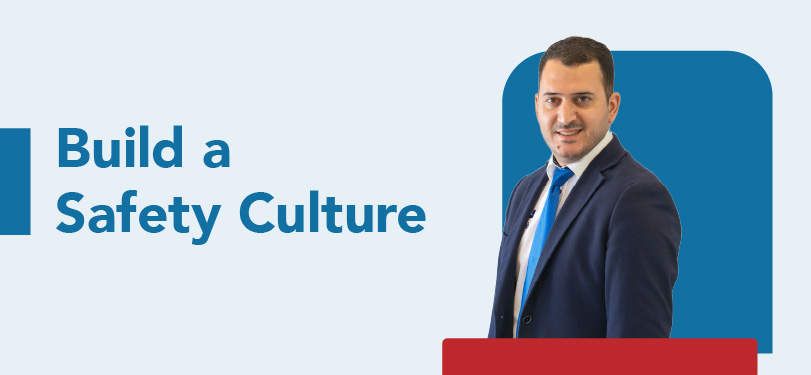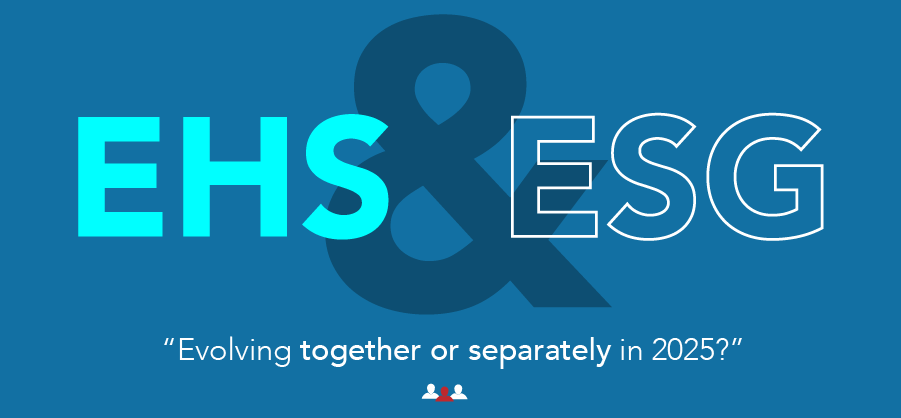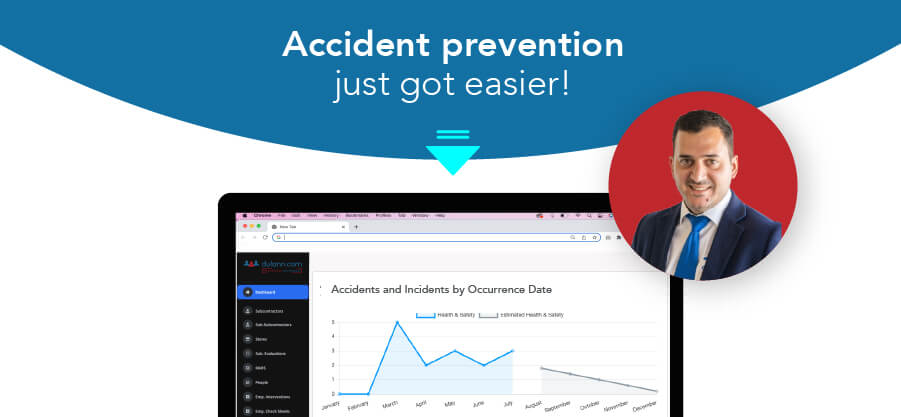Top 13 reasons why you should consider migrating.
There is no doubt that there is an increasing demand for EHS software migrations, with some EHS providers reporting that up to 30% of new revenue is coming from this market. Software implementations are difficult at the best of times, but the word “migration’ used to make the hair stand on the back of your neck for many an EHSQ Manager. Thankfully today the process is much simpler. Here are some reasons that we are seeing, as to why clients migrate to dulann.
- Lower cost. Newer, faster, more efficient technologies and technology companies like dulann appear all the time. This means that those newer companies can deliver more, for a far lower cost. We are finding in some markets that larger international clients can be 3 if not 5 times as expensive, for a product that is not as dynamic. We see this as the single biggest reason why clients are migrating EHS Software to dulann. Larger software companies have larger overheads, and therefore the SME market is not as attractive a proposition these software companies.
- Enhanced performance and more dynamic business processes. We see this quite a lot. The passage of time since the EHS software was originally implemented, means that the client’s business has most likely changed significantly , however the software provider either has not been able to match that pace of change, or can not do so without significant additional investment. Replacing legacy software is the second biggest reason we see for migrations to dulann. By this, we don’t just mean systems that are difficult or slow to use, but it also extends into systems whereby your EHS Management has to be bent and shaped around the capabilities of a software provider. Whilst it is difficult to meet the exact requirements of every client's varied and differing processes, the olden days of “it does what it says on the tin, and only what it says on the tin” are long gone. Enhanced EHS Department performance across their Key Performance Indicators, is now a strong driver for migrations in the market.
- Greater consolidation. As more agile companies come on stream, it is often the case that clients can reduce the number of software providers they deal with. This may seem like a small point, but the client is always looking for “ease of use”, and if the end user now only has to log into one system as opposed to 5, then this is a real reason for migration. Single Sign On does help this situation, but not all clients have this option available to them.
- Access to more Intelligent Information. Digitalisation is fast becoming a topic of the past in the EHS Industry. The first wave of EHSQ adopters were hung up and focused on simply digitising paperwork and process. This is not enough any more. Clients of today want to be able to see live intelligent information that can predict future results e.g. if a client has a track record of 30 accidents in the first quarter, they want to be able to see what the year end is going to look like in order to take corrective action now, but also to resource that eventuality.
- Improved Compliance. The newer more advanced EHS Systems like dulann facilitate a safety culture of greater compliance by “encouraging” greater involvement by the end user. Different organisations use different tactics for this but a system that has the ability to remind users of overdue tasks by smartphone notifications, or the ability for periodic notifications until an induction is completed, are one of the reasons for migrating to more intelligent EHS Software Solutions such as dulann.
- Provider exiting the market by increasing prices. As the software market consolidates, we are seeing a number of providers exit geographic territories or specific market segments. They tend to do this by significantly increasing prices at the end of a contract period, which essentially renders them uncompetitive and leaves the client with no option other than to switch. Highly agile organisations like dulann, can however enter new markets relatively cost effectively. The biggest downfall of the longer established organisations is that they don’t establish a local presence to provide the backup support that is required. As an example, dulann have established a dedicated office in Malaga to support the Spanish Market. This office is Directed, Staffed and Managed by Spaniards.
- Moving from an ERP “One Size Fits ALL” mentality. Putting the end user at the center of business operations has meant that there has been a shift in mentality from the larger tech giants. The ERP concept of one software being able to do everything from finance to EHS, from Inventory to logistics has started to change, in favor of nice specialist providers such as dulann. The reality is that many of these large software companies, who do offer “bolt on” modules in EHS, are quite simply not fit for operational EHS purposes. This is driving a market for fit for purpose software that is integrated with an existing ERP System, perhaps using Open APIs, Single Sign On, and Power BI as a vehicle to achieve the business objectives of the EHS Department.
- Moving from “On Premise” solutions to the cloud. Moving from “on premise” to the cloud is also a reason that some companies switch, but in our experience it is not a driving force for EHS migration revenue. Having said that, technologies such as REACT use component based architecture which have become a dominant force in the market. For the end user it means that the software is easier to use, has fewer bugs, is quicker for the end user, is far less complex, and is far more scalable. The REACT library first appeared less than 10 years ago, so if you are using software built from say 2018 or before, the chances are that it is not REACT and that it is not on the cloud, making newer solutions more attractive.
- Existing provider is forcing a migration. This is becoming more common in 2024. This is where an existing provider has invested in new technologies and needs their existing client base to migrate to a new platform. While lots of clients consider migration a painful process that drains already stretched resources in the short term, in instances such as this, most clients reevaluate other providers in the marketplace at that time.
- Greater Integration. A slightly similar point to the one referencing consolidation above, but certainly a reason for considering a switch or migration is if your existing EHS Software provider does not provide an OpenAPI by which it can talk to or from other software that the client uses. “Double Jobbing”, similar activities between different software providers, has seen increased focus in 2024 and this is likely to continue as a reason for migration. dulann do provide an Open API free of charge.
- Scalability. EHS Departments that are growing, are considering their options. This growth could be in line with overall business growth in terms of international locations etc, but it could also be in line with new legislative requirements such as the EHS Department now taking responsibility for ESG. Regardless of the reasons for growth, EHS Migration is somewhat driven by the providers ability to scale with the organisation in a reasonable timeframe and at a reasonable cost.
- Local Service. Migrations are difficult at the best of times, but we are seeing a shift in client thinking towards the importance of good support during migration. Typically an EHS Software provider should be able to provide local hands on support when required. We see this as a factor when migrating from a system that can only be accessed through an Artificial Intelligence Bot.
- Security Improvements. Since the introduction of GDPR legislation, it has placed a significant requirement on clients as Data Controllers. Traditionally a lot of software providers are based outside of Europe, and therefore data is also stored on servers outside Europe. It has been ruled by the European Court of Justice of the European Union, that the EU - US privacy shield is no longer valid, and as such does not meet GDPR legislation requirements for European Citizens. The reality is that these providers must host data on data centers in Europe or you as the client will be in breach of your obligations under GDPR legislation. On a side note… 2FA, and Single Sign On are becoming the norm for EHS Software, and not all providers cater for these requirements.
Migrations of course are not as seamless as a brand new implementation, so it's really important to do a cost benefit analysis before proceeding. Look out for one of our future blogs which will deal with the top tips on completing a successful migration.







